Introduction
When you’re out in nature, a fire can mean warmth, safety, and even survival. Traditional methods like matches or lighters may not always work, especially in wet or windy conditions. That’s where an electric fire starter becomes essential. This modern tool uses heat or sparks to ignite kindling quickly and safely. Whether you’re a seasoned camper or heading out for your first outdoor adventure, having a reliable way to start a fire is key. Unlike flammable liquids or strike-anywhere tools that can be unpredictable, an electric fire starter gives you control.
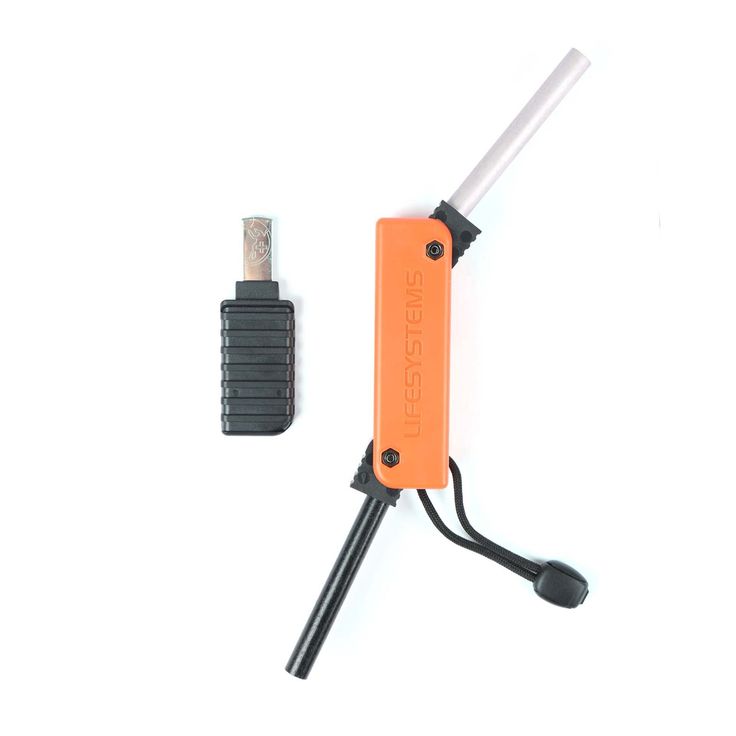
It works without needing open flames and often runs on batteries or a rechargeable power source. In this article, we’ll explore why every camper should consider adding this tool to their gear list. You’ll learn about its benefits, how it compares to other fire-starting methods, and what features to look for when choosing one. Let’s dive into why this small but powerful device is becoming a staple in the backpacks of smart campers everywhere.
How Does an Electric Fire Starter Work?
An electric fire starter uses electrical energy to create heat or sparks that ignite dry tinder. Most models rely on a battery-powered heating element or an arc-producing mechanism. When activated, these tools generate enough heat or spark to catch fire on materials like cotton balls soaked in petroleum jelly, dry grass, or commercial fire starters. Some models resemble a wand or pen, while others look more like a mini torch. The core idea is the same: deliver consistent ignition without relying on chemical fuels or exposed flames. Many versions are rechargeable via USB, making them eco-friendly and cost-efficient compared to disposable options. Since they don’t require wind protection like traditional lighters, they perform well even in harsh weather. Understanding how this device functions helps users make smarter choices when selecting the right model for their needs.
Additionally, most devices come equipped with built-in safety switches or auto shut-off features, which prevent overheating and ensure user safety. These mechanisms also help conserve battery life, extending the number of times the tool can be used before recharging. For many users, the learning curve is minimal—turn the device on, bring the tip close to the tinder, and watch as the fire catches within seconds. Because no flame is directly involved, there’s less risk of accidental burns or flare-ups during the process.
Electric fire starters are also incredibly versatile. They can be used not only for lighting campfires but also for starting stoves, lanterns, or even emergency fires during survival situations. Their compact size makes them easy to pack and carry, fitting into any camping kit or bug-out bag. With so many practical advantages, it’s easy to see why electric fire starters are gaining popularity among both recreational campers and professional outdoor guides.
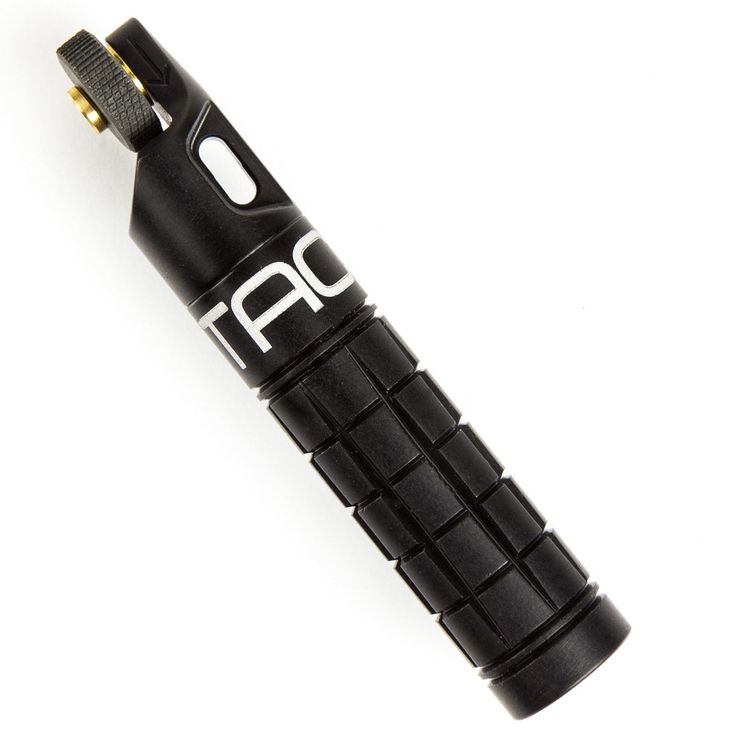
Why Traditional Methods Fall Short
Matches and lighters have been go-to fire starters for generations. However, both have major drawbacks in outdoor settings. Matches can break, get damp, or burn too quickly, leaving little time to light kindling. Lighters may run out of fuel, clog with dirt, or fail in cold temperatures. Wind also reduces their effectiveness, forcing users to shield the flame manually. Flint rods are durable but require skill and physical effort to use effectively. In contrast, an electric fire starter requires minimal practice. Just hold the tip near your tinder and press the button. No fumbling in the dark or dealing with spent fuel cans. This makes it ideal for beginners and those who need fast, dependable ignition without added stress.
Moreover, traditional fire-starting methods often rely on chemical accelerants such as lighter fluid or gasoline, which can be dangerous if spilled or improperly stored. These substances pose environmental hazards and increase the risk of uncontrolled wildfires, especially in dry regions. On the other hand, electric fire starters do not require any flammable liquid. This makes them safer to transport and use in sensitive ecosystems.
For older individuals or people with limited dexterity, striking a match or flicking a lighter can be physically challenging. An electric fire starter eliminates this issue with just a push-button activation. There’s no need to worry about blistered fingers from repeated attempts or struggling to keep a match lit long enough to catch the kindling. With just a single touch, the fire starts instantly, giving users confidence and peace of mind.
The Safety Benefits
Safety is a top concern when handling fire outdoors. Traditional fire-starting methods can lead to accidental burns or uncontrolled ignitions if not handled carefully. An electric fire starter reduces these risks by eliminating direct contact with open flames during the ignition process. Users simply bring the hot tip or spark near dry tinder and step back once it catches. This level of control lowers the chance of unintentional injury. Additionally, many models shut off automatically after a set time, preventing overheating or misuse. For families with young children or inexperienced campers, this device offers peace of mind. It’s also safer than using accelerants like gasoline or lighter fluid, which can cause flare-ups or leave harmful residues. Choosing a tool with built-in safety features ensures responsible fire use in natural environments.
Another key advantage is its ability to function safely in tight or enclosed spaces. For example, when camping in a tent vestibule or under a tarp during rain, lighting a match or lighter poses a danger due to proximity to fabric. Sparks can easily catch on synthetic materials, leading to potential disaster. In contrast, an electric fire starter can be used just outside the shelter and then moved away once the fire begins. This minimizes exposure to flames and enhances overall safety.
Also, some models feature protective covers over the sparking area, reducing the chances of accidental activation. Parents traveling with kids will appreciate this extra layer of security, especially when packing the tool alongside other camping gear. In addition, the absence of open flames means that the fire starter can sit safely next to other items without risking damage or combustion. This level of control is difficult to achieve with conventional methods, making the electric option a much safer alternative.
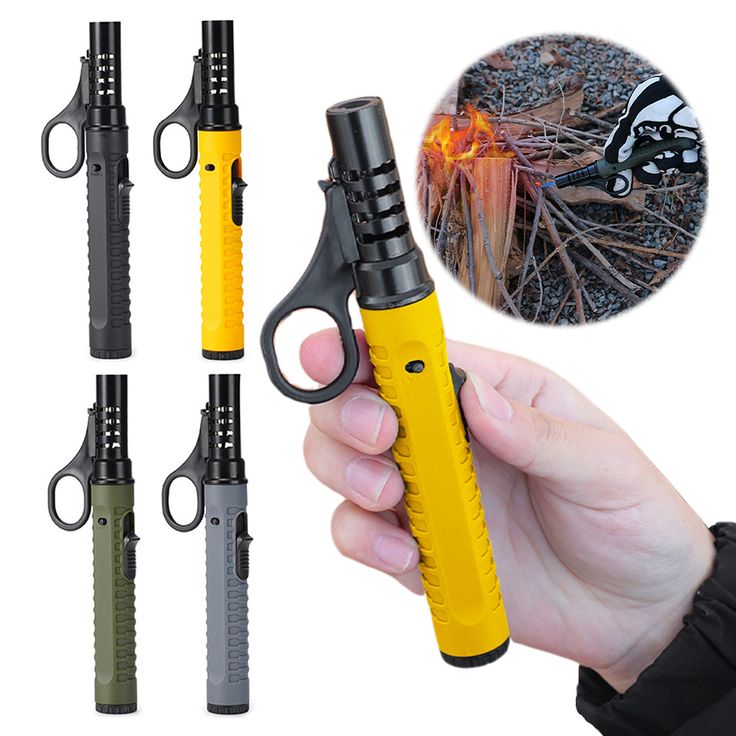
Environmental Impact: A Greener Alternative
Many campers care about minimizing their environmental footprint. Single-use fire starters and fuel-based tools contribute to waste and pollution. Matches leave behind burnt wooden stubs. Lighter fluid can spill and contaminate soil or water sources. In contrast, an electric fire starter produces no emissions during operation. Most models are reusable, durable, and designed to last for years. Rechargeable versions eliminate the need for disposable batteries, further reducing waste. By choosing this sustainable option, outdoor lovers can enjoy the warmth of a fire without harming the environment. Plus, since it doesn’t rely on chemical accelerants, it’s less likely to damage natural surroundings accidentally. For eco-conscious adventurers, making the switch to an electric fire starter supports responsible camping practices.
In areas where fires must be made in designated pits to protect the land, an electric fire starter ensures that ignition is quick and efficient. This prevents unnecessary scarring of the ground caused by repeated failed attempts with flint or mismatched materials. Also, because the fire starts faster, less wood is needed to sustain the flame, helping preserve local biomass. Over time, small habits like this add up to significant conservation efforts across national parks and wilderness areas.
Furthermore, many manufacturers now produce electric fire starters using recyclable materials and eco-friendly packaging. Consumers who prioritize sustainability can support brands that align with green values. By checking product certifications and customer reviews, buyers can ensure they’re investing in a tool that not only serves its purpose but also respects the planet. As awareness around climate change grows, environmentally friendly products will continue to rise in demand, pushing innovation toward cleaner, smarter outdoor gear.
Key Features
Not all electric fire starters are created equal. When choosing one, several factors affect performance and usability. First, consider the power source. Models that charge via USB offer convenience, especially for frequent travelers. Battery life is another important detail—some units last for hundreds of ignitions on a single charge. Size and weight matter too, particularly for backpackers seeking lightweight gear. Durability is crucial for surviving rough handling and exposure to the elements. Water resistance can be a lifesaver in rainy climates. Some models come with built-in LED lights or emergency whistles, adding extra value. Ease of use is also key—look for intuitive controls and quick-start mechanisms. Finally, check if the product includes spare parts or a warranty. These features ensure long-term satisfaction and reliability in the field.
A good quality product should also be ergonomically designed to fit comfortably in the hand, even when wearing gloves. This allows for better control in extreme weather or during nighttime use. Some models feature textured grips or non-slip surfaces to enhance handling. Others may include dual-start systems using both heat and sparks, increasing versatility depending on the type of tinder being used. Buyers should also pay attention to build quality—sturdy materials like reinforced plastic or aluminum housing can extend the lifespan of the device.
Battery indicators are another useful trait found in higher-end models. These allow users to monitor remaining power levels and avoid unexpected failures. Some tools even offer low-battery warnings or charge status LEDs. These features are especially helpful during extended trips where access to charging points may be limited. Additionally, certain brands provide fast-charging capabilities, allowing full power restoration in under an hour. For campers who travel frequently, this is a valuable asset.
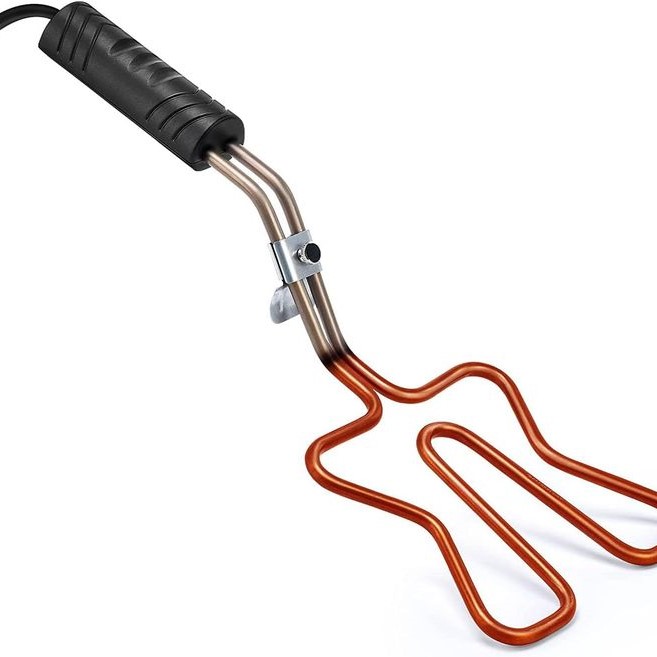
Comparing Electric Fire Starters with Other Modern Tools
While electric fire starters are gaining popularity, other modern tools also exist. Ferrocerium rods remain a favorite among bushcraft enthusiasts due to their longevity and weather resistance. However, they require good hand-eye coordination and repeated striking to produce sparks. Magnesium fire starters work similarly but demand scraping before sparking. Both methods take time and practice. On the other hand, battery-powered fire starters offer instant results with minimal effort. They function consistently in all conditions without wearing down over time. Butane lighters are another alternative, yet they suffer from fuel limitations and poor performance in cold weather. Solar fire starters are innovative but depend on sunlight availability. Each tool has pros and cons. For most campers, an electric fire starter strikes the best balance between reliability, ease of use, and durability.
Flint and steel tools are known for their resilience. They can survive extreme temperatures and moisture, making them excellent backup options. However, they aren’t beginner-friendly and require a fair bit of technique to master. Without proper form and timing, sparks might not reach the tinder effectively. In contrast, electric tools remove guesswork from the equation. They offer consistent performance regardless of experience level.
Butane lighters are popular for their portability and immediate flame production. Yet, they struggle in high wind or cold conditions. The fuel can leak or freeze, rendering the lighter useless at critical moments. Refilling them adds expense and logistical challenges for multi-day trips. Electric alternatives, on the other hand, avoid these issues entirely. With no fuel dependency, they maintain performance regardless of external factors.
Final Thoughts
In conclusion, an electric fire starter is more than just a gadget—it’s a practical solution for safe, efficient fire lighting in any environment. Whether facing rain-soaked woods or high-altitude cold, this tool delivers consistent performance without the hassle of outdated methods. Its safety benefits, environmental advantages, and ease of use make it a standout choice for modern campers. As outdoor adventures become more accessible, having reliable gear is essential. Investing in a quality electric fire starter ensures you’re prepared for anything. Don’t let unreliable fire-starting methods ruin your next trip. Upgrade your kit today and experience the difference.
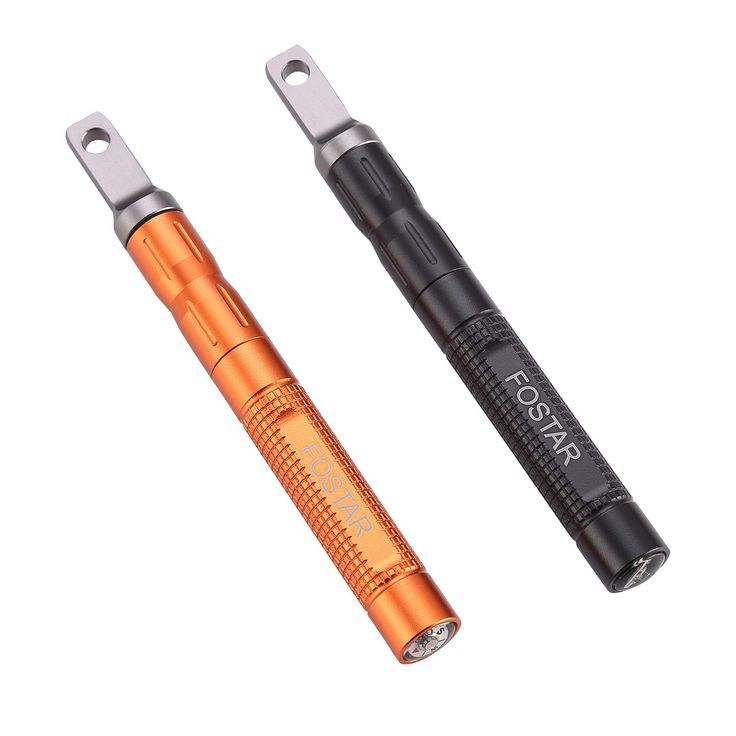
Whether you’re setting up a base camp, cooking over an open flame, or signaling for help, a dependable way to start a fire is crucial. Thanks to technological advancements, the days of struggling with wet matches or faulty lighters are fading. Instead, hikers, backpackers, and survivalists alike can count on a simple, safe, and sustainable method to get their fire going. From family camping trips to solo expeditions, the electric fire starter proves itself as a must-have accessory. It simplifies the process, reduces risks, and saves valuable time when every second counts.
With growing concerns about safety, environmental impact, and efficiency, it’s no surprise that more campers are making the switch. Once you try an electric fire starter, you may find it hard to go back. It’s more than a fire-making tool—it’s peace of mind wrapped in a compact, user-friendly design. So next time you’re preparing for a weekend getaway or a multi-week trek, remember to include one in your gear checklist. It could be the difference between frustration and success, discomfort and comfort, uncertainty and confidence.